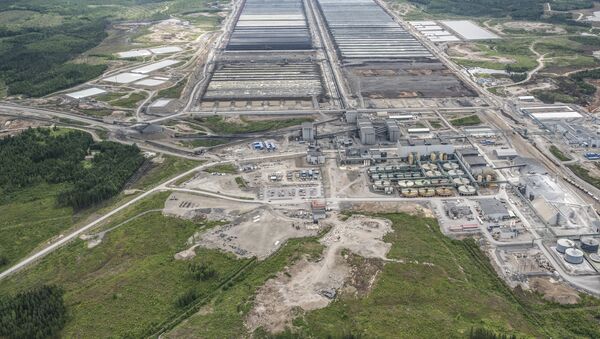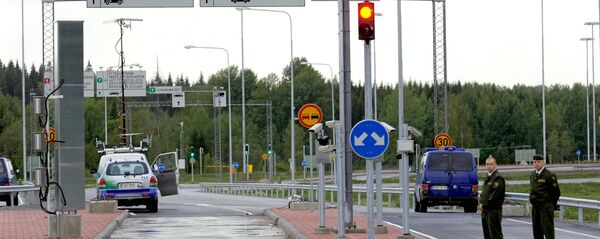According to Talouselämä, it was the Environment Ministry that insisted on the closure, despite the mammoth losses for the state coffers.
Minister of Economic Development Olli Rehn said it was a hard decision, as the mine had become a burden for the Finnish economy, with no chance of revival due to the low market price of nickel. According to Rehn, the closure spelled bad news for the Finnish industry. Together with Microsoft's decision to abandon Finland, costing the country over 1,300 employees, Talvivaara's closure contributed to the emergence of the colloquialism "Black Wedesday" in Finnish press.
Nyt alkaa pohdinta, kuka maksaa Talvivaaran vahingonkorvaukset. #talvivaara #terrafamehttps://t.co/7rSJUFl58q pic.twitter.com/z2zpiOee97
— Marjo Rein (@MarjoRein1) 13 мая 2016 г.
The government's ambition was to isolate uranium from mined ore to make Finland independent in terms of energy. However, the process was soon stopped, as the locals started complaining about pollution and dead birds found in the vicinity. In November 2012, one of Finland's worst environmental disasters ever occurred at Talvivaara, as a tailings pond burst, resulting in a leakage of 1.4 million cubic meters of toxic water, poisoning the countryside. The leak took ten days to seal, which resulted in a 50-fold increase in the concentration of uranium in near-by water sources. Finland is still struggling with the consequences of ground water pollution. In May 2013, another leak of sulfuric acid occurred at Talvivaara. In December 2013, the Supreme Administrative Court revoked the company's license for uranium mining.
The Talvivaara mine is open-pit nickel mine, located in Sotkamo in Eastern Finland; it employs 400 people.
Näin syntyy järvimalmia ja rautabakteerit kirjovat vedenpintaan kalvoa. Vähän sukua bioliuotukselle #Talvivaara pic.twitter.com/apqnkDZzkv
— pasi jaakkonen (@pasijaakkonen) 6 мая 2016 г.




